Table of Contents
Toggle1. Origins and Foundation of the British Museum
The British Museum, established in 1753, stands as one of the world’s largest and most diverse museums, with over eight million artefacts. The museum’s foundation traces back to Sir Hans Sloane, a physician and scientist with a deep fascination for understanding the natural world. Sloane’s personal collection of plants, manuscripts, and historical objects, bequeathed to the British government, laid the groundwork for what would become the British Museum. Opened to the public in 1759, the museum was one of the first institutions dedicated to preserving and showcasing cultural heritage on such a grand scale.
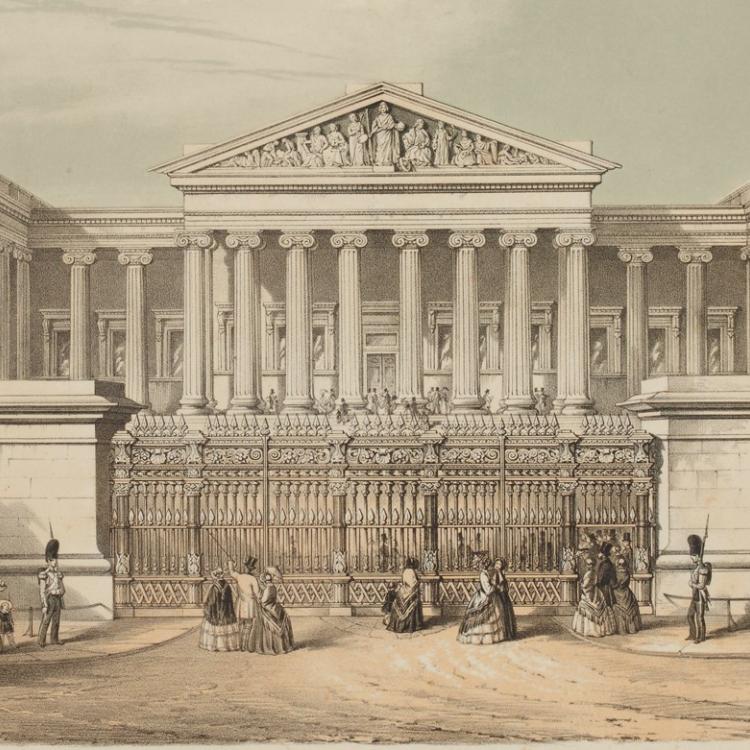
2. Building the Collection: Expansions Across Centuries
Over the centuries, the museum’s collection grew immensely through donations, bequests, and acquisitions, especially during the British Empire’s peak. Artefacts from every continent entered the collection, spanning every era of human civilization. With items from ancient Egypt, Mesopotamia, Rome, and Greece, as well as from Asia, Africa, and the Americas, the museum presents a comprehensive tapestry of human history. Noteworthy acquisitions include the Rosetta Stone, the Elgin Marbles, and artifacts from the Sutton Hoo ship burial, each of which has deepened our understanding of different cultures and histories.
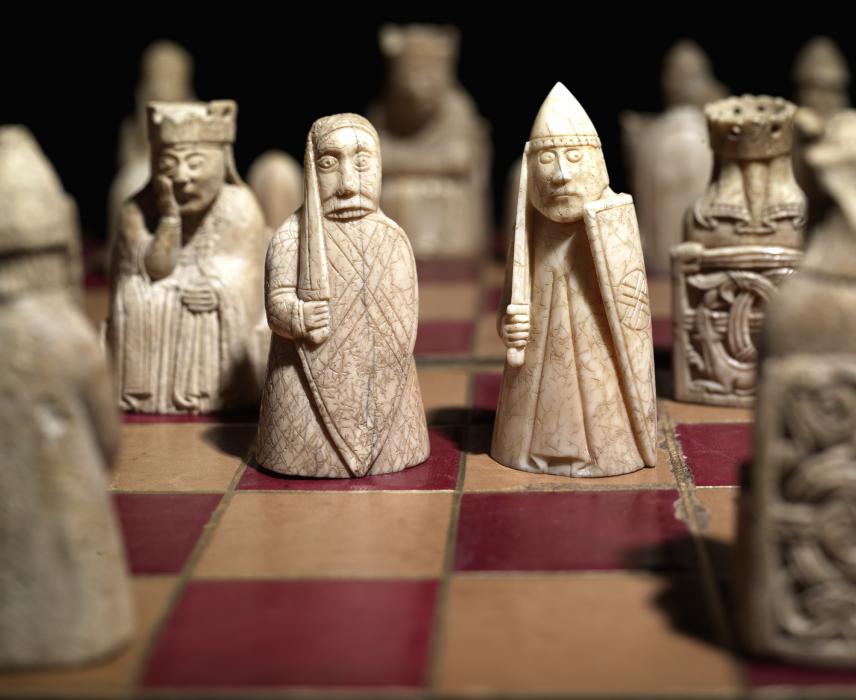
3. The Hidden Archives: A Glimpse into the Museum’s Vast Collection
Despite housing millions of artefacts, only about 1% of the British Museum’s collection is displayed to the public at any given time. The remaining 99% are stored in carefully managed archives, accessible primarily to researchers and scholars. These archives contain invaluable items, from ancient manuscripts to intricate pottery and early tools, many of which have never been on public display. The museum continuously explores innovative ways to make these hidden treasures accessible, including digitization projects, allowing people worldwide to view and study artefacts.
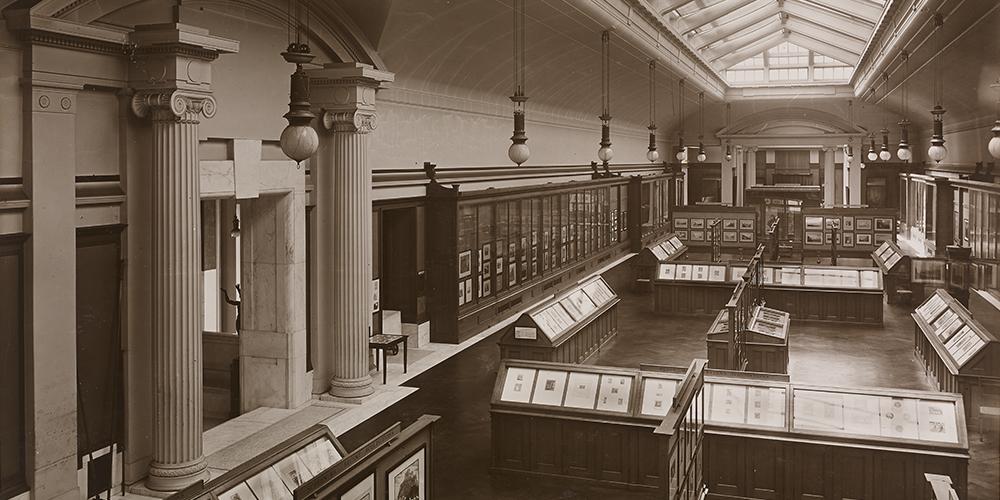
4. Research and Ongoing Excavations: Preserving Human History
The British Museum is also an active research institution, conducting excavations and studies that bring new insights into ancient civilizations. For instance, recent studies have shed light on early British artifacts and discoveries that unveil more about the daily lives of people from prehistoric times to medieval periods. This continuous effort to expand and deepen the museum’s collection enables a richer understanding of human history and culture.
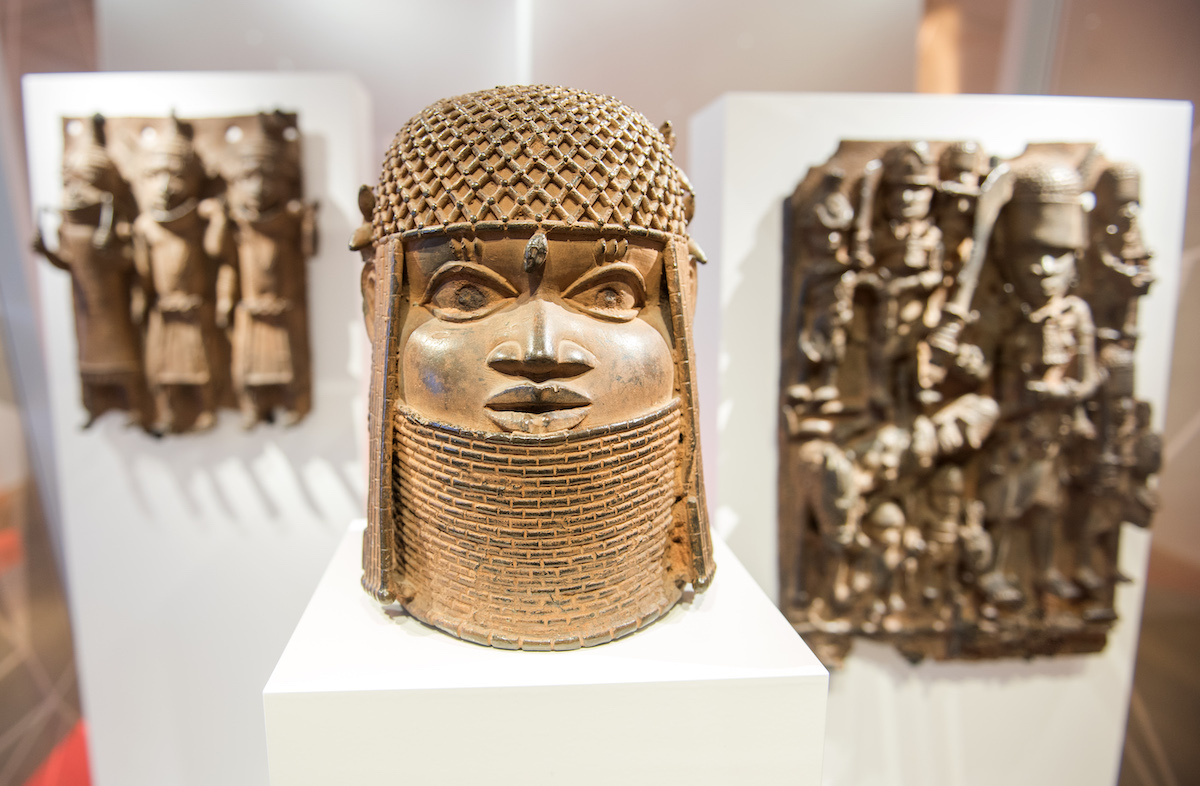
5. Debates and Ethical Considerations
While the British Museum’s collection is vast and significant, it also raises ethical questions regarding artefact ownership. Items acquired during colonial expansion, such as the Elgin Marbles from Greece and the Benin Bronzes from Nigeria, have sparked calls for repatriation. The museum has started to address these discussions by collaborating with source communities and finding ways to share heritage responsibly, but these dialogues remain central to its mission and future.
6. Bridging Cultures Through Education and Exhibition
Through its exhibits and educational programs, the British Museum connects millions of visitors annually with the legacies of diverse civilizations. Beyond its physical displays, the museum’s digital platforms have expanded access to its collection globally, enhancing educational outreach. The British Museum not only preserves history but also fosters a deeper appreciation of humanity’s shared heritage, inspiring curiosity and understanding across cultures.
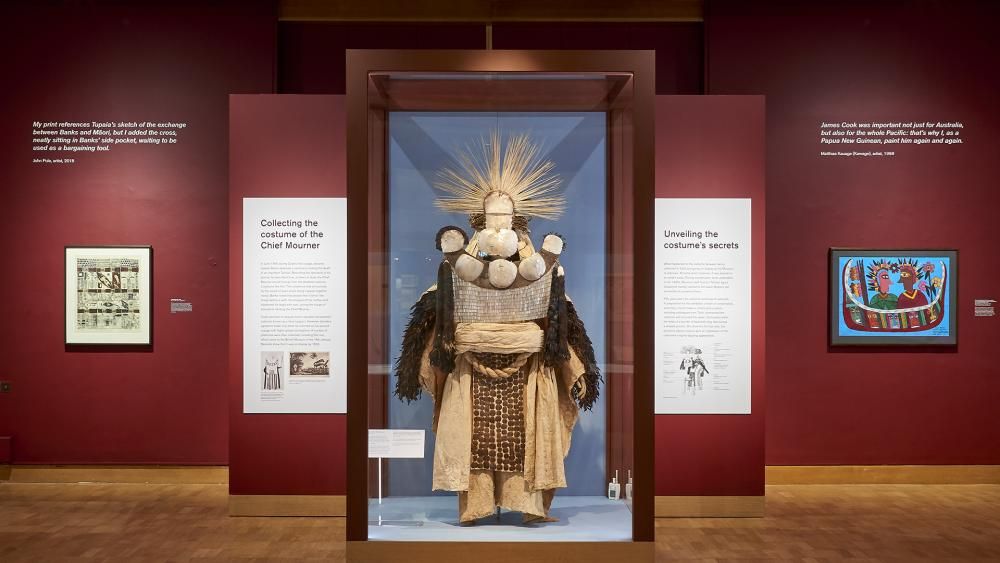
Conclusion: A Legacy of Preservation and Discovery
The British Museum remains a pillar of cultural preservation, offering a window into human history and creativity. Its vast archives and ongoing research reflect a commitment to preserving and sharing the stories of ancient civilizations, making it an invaluable resource for both scholars and the public. As it evolves, the museum continues to shape and refine its approach to stewardship, recognizing its role in a global narrative and adapting to the ethical challenges that come with it.

